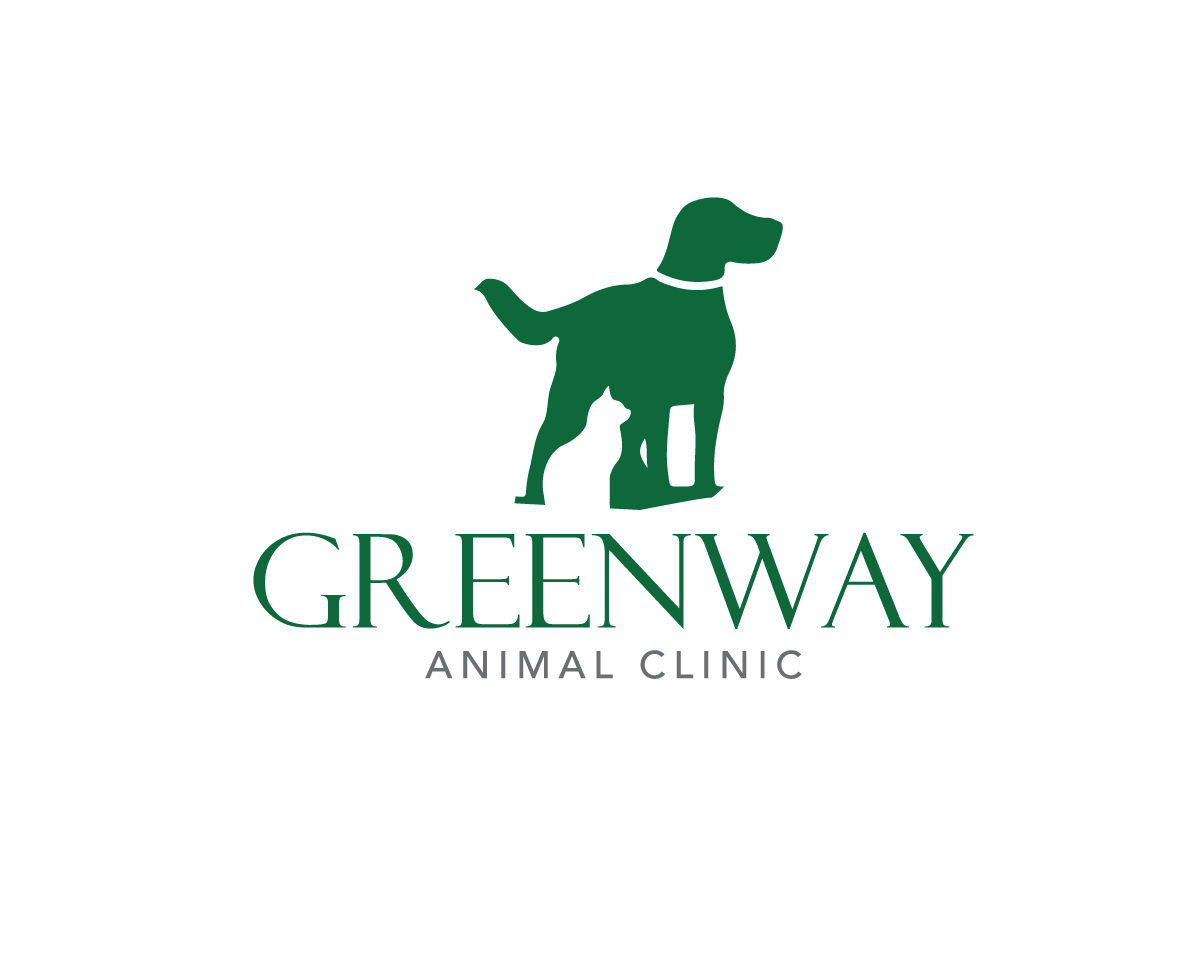Pet Health Library
-
Diabetes mellitus (DM or sugar diabetes) is often a disease of overweight, middle aged animals. The classical signs are weight loss, increased appetite, increased thirst and increased urination.
-
Diabetes mellitus, (DM), is a complex disorder of carbohydrate, fat and protein metabolism caused by the body's inability to produce or to utilise adequate amounts of insulin produced by specialised cells in the pancreas.
-
Jaundice (icterus) is a condition characterised by an accumulation of bilirubin (a bile pigment) in the skin, mucous membranes, and sclera (whites of the eyes) causing them to appear yellow.
-
Diarrhoea and vomiting in our pets are common, non-specific signs and can be due to many different diseases and conditions.
-
Diarrhoea is a sign of a bowel problem. This can vary from simple dietary indiscretion, e.g. eating a rotting bone found in the garden to potentially fatal illnesses such as cancer.
-
Muscle (called smooth muscle) and fibrous connective tissues form the framework (stroma) that holds other tissues together in the organs of the body. A number of different tumours can develop from the cells of these tissues.
-
False pregnancy (also known as pseudocyesis, phantom pregnancy or pseudopregnancy) is the term used to describe the condition whereby a non-pregnant dog undergoes bodily and behavioural changes similar to those you that would expect if she was pregnant.
-
Keratoconjunctivitis sicca (KCS) is commonly called dry eye. This is a very apt name since the condition results from lack of proper tear production so that the eye has a dry and sore appearance.
-
These tumours are polyp-like growths with a narrow base or a stalk. Some are nodular overgrowths secondary to inflammation but others are benign or malignant cancers of the glands found in this area.
-
Albumin is an important protein found in the bloodstream. It is not normally present in the urine of healthy dogs and cats. Microalbuminuria refers to the presence of small quantities of albumin in the urine.

